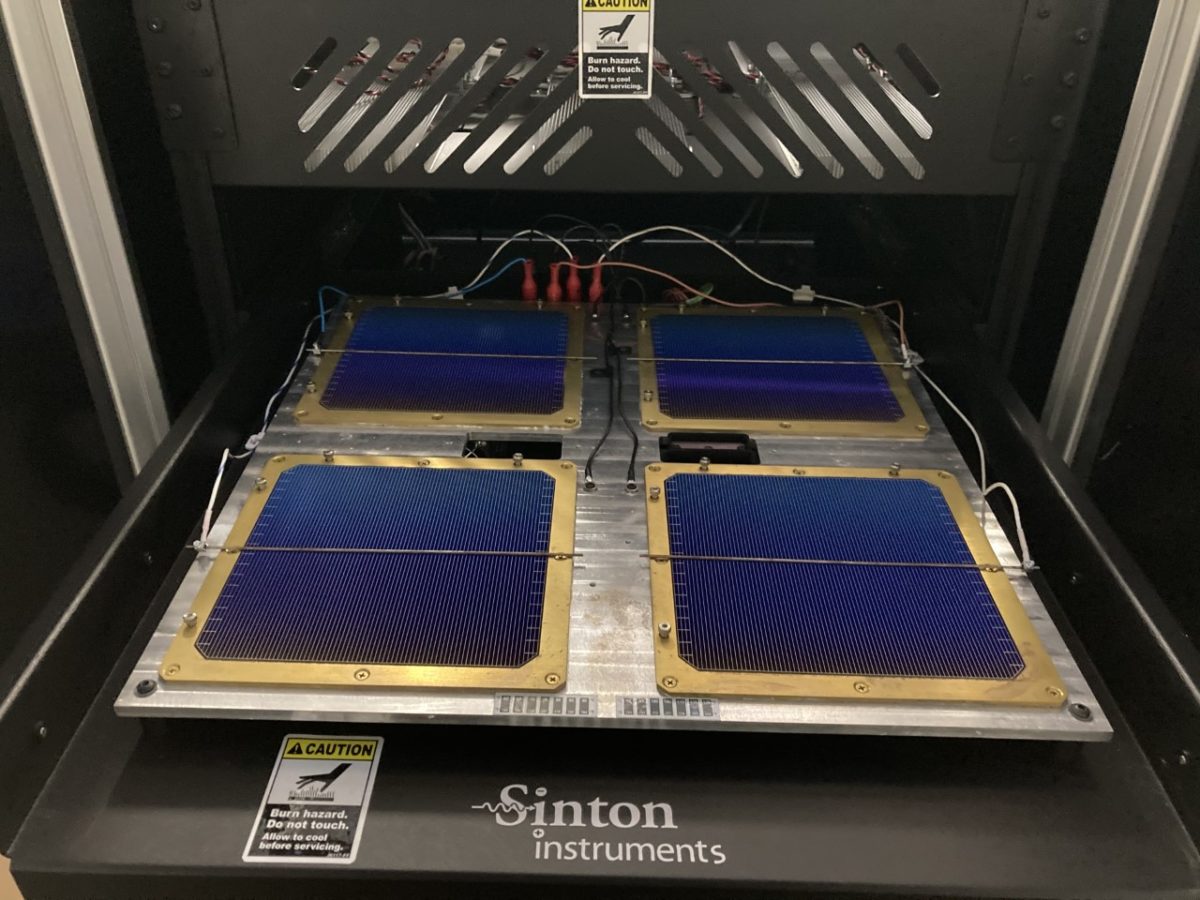An international research team has investigated the historical reasons behind the partial failure of the use of p-type wafers in heterojunction solar cells and has concluded that more expensive n-type wafers, which are currently dominating the heterojunction segment, may not be the only option available for solar module manufacturers in the future.
In the study “Silicon heterojunction solar cells and p-type crystalline silicon wafers: A historical perspective,” published in RRL Solar, the scientists put the early stages of the p-type technology in a historical perspective going back to the 1970s. “Due to the susceptibility of p-type Czochralski-grown silicon to boron-oxygen related light induced degradation (BO–LID), such wafers were deemed unsuitable for silicon heterojunction (SHJ) solar cells,” they explained. “In addition to stability issues, lower charge carrier lifetimes due to contamination and challenges with surface passivation posed barriers to the adoption of p-type wafers in SHJ applications.”
The paper points out that the BO-LID issue was identified as a serious challenge for p-type wafers in the late 1990s. “In 1999, Glunz et al. reported conversion efficiency losses of up to 1.7% on p-type Cz-Si homojunction solar cells with a starting conversion efficiency of 21.0%,” the researchers stated.
Before selling its PV business to Panasonic, Japanese manufacturer Sanyo was the first to develop commercial heterojunction solar cells and it immediately chose to use n-type wafers, with the researchers being unable to track down any intent of using p-type wafer for SHJ applications dating back to 1990 -2000. “Either other wafer types were not considered and tested, or the results from such attempts were judged not relevant to be reported,” they further explained.
The first stabilization of BO-LID defects in p-type devices dates back to 2006 but the first manufacturing processes based on carrier generation via high-intensity illumination at elevated temperatures has only become available for commercial cell production in the past decade.
Popular content
“The lack of understanding about BO defect stabilization during the development of SHJ technology may be the main reason why the development process was restricted to n-type c-Si wafers, and if BO defect stabilization processes were readily available at the time, the technology could have been developed based on p-type c-Si wafers,” the scientists emphasized. “Fortunately, the continuous efforts in solving BO defects in PERC solar cells over the past two decades provide us the knowledge required to defect engineer p-type SHJ solar cells and fabricate devices with high and stable open-circuit voltage.”
The research group comprised academics from the Commonwealth Scientific and Industrial Research Organisation (CSIRO) and the University of New South Wales (UNSW) in Australia, the University of Oxford in the United Kingdom, Australian startup Sundrive Solar Pty Ltd, and Russian heterojunction solar module maker Hevel Solar. “Our recent research suggests we might be able to rethink the type of silicon needed to make these high-efficiency solar cells,” they concluded. “Further work is required to evaluate the impact of variations in wafer quality across different p-type Cz-Si ingots (and ingot positions) on the performance of p-type SHJ solar cells.”
The same research group unveiled in July 2021 a novel hydrogenation process that is claimed to have the potential to improve the stabilized efficiency of p-type heterojunction (SHJ) solar cell based on gallium-doped silicon wafers. Two solar cells were developed with a new advanced hydrogenation process (AHP) at an existing SHJ line operated by Hevel using 156.75 x 156.75 mm p-type wafers doped with boron (B) and gallium (Ga), respectively. The first products were provided by Chinese manufacturer Longi and the second by Taiwanese wafer maker Sino-American Silicon (SAS). The scientists also built a standard n-type SHJ device as a reference.
Chinese manufacturer Longi achieved 25.47% efficiency for gallium-doped p-type heterojunction solar cell in March. In the same month, researchers at France's National Solar Energy Institute (INES) – an arm of the French Alternative Energies and Atomic Energy Commission (CEA) – and Italian renewable energy company and heterojunction solar module manufacturer Enel Green Power achieved a power conversion efficiency of 24.47% for a gallium-doped p-type heterojunction silicon solar cell.
This content is protected by copyright and may not be reused. If you want to cooperate with us and would like to reuse some of our content, please contact: editors@pv-magazine.com.



1 comment
By submitting this form you agree to pv magazine using your data for the purposes of publishing your comment.
Your personal data will only be disclosed or otherwise transmitted to third parties for the purposes of spam filtering or if this is necessary for technical maintenance of the website. Any other transfer to third parties will not take place unless this is justified on the basis of applicable data protection regulations or if pv magazine is legally obliged to do so.
You may revoke this consent at any time with effect for the future, in which case your personal data will be deleted immediately. Otherwise, your data will be deleted if pv magazine has processed your request or the purpose of data storage is fulfilled.
Further information on data privacy can be found in our Data Protection Policy.